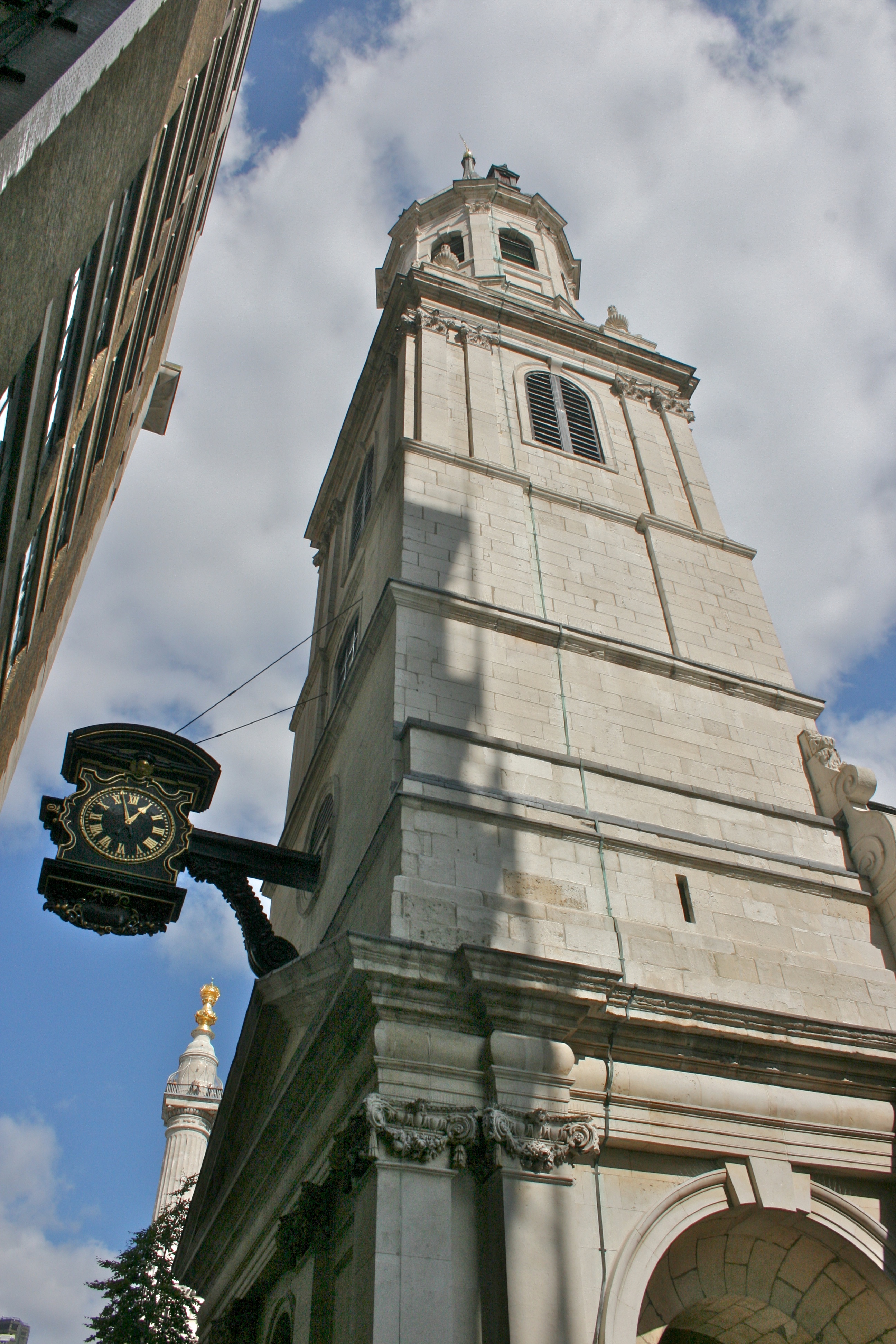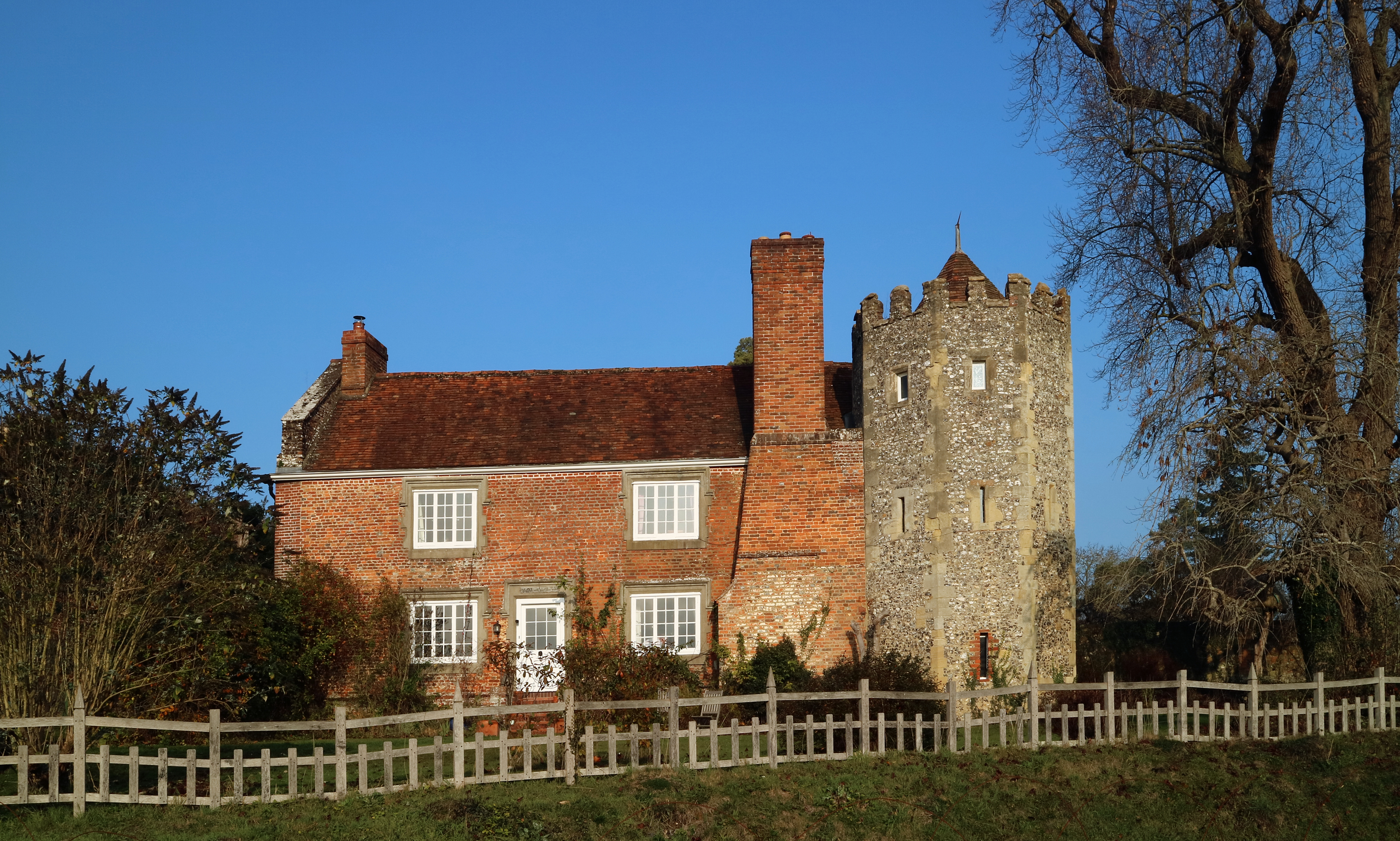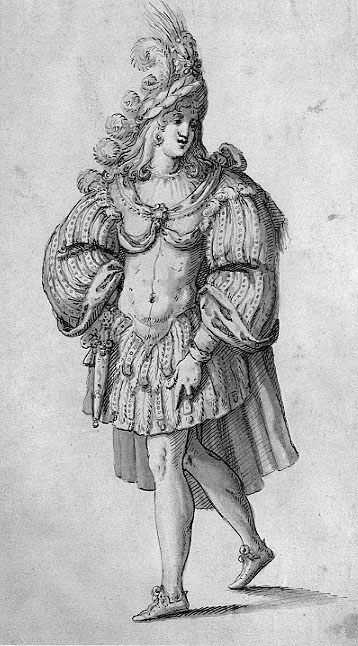|
Milton, Vale Of White Horse
Milton is a village and civil parish about west of Didcot and a similar distance south of Abingdon. The 2011 Census recorded the parish's population as 1,290. Toponymy From the 10th to the 13th century the village's name was ''Middeltune''. From the 13th to the 15th century it evolved as ''Middelton'' and ''Midelton'', and from the 15th century to the 17th century it was ''Mylton''. Archaeology On land near Sutton Road, northeast of the village, is the site of an Anglo-Saxon cemetery. Archaeologists had investigated the western part of the cemetery by the early 1930s. In 2014 what appeared to be the easternmost part of the cemetery was found and more than 40 human burials were excavated. Few grave goods were found, apart from two metal knives and another metal object too corroded to be identified. Manor In 956 King Eadwig granted 15 hides of land at Milton to his thegn Alfwin, who in turn gave the estate to the Benedictine Abingdon Abbey. In the Dissolution of the Monas ... [...More Info...] [...Related Items...] OR: [Wikipedia] [Google] [Baidu] |
United Kingdom Census 2011
A Census in the United Kingdom, census of the population of the United Kingdom is taken every ten years. The 2011 census was held in all countries of the UK on 27 March 2011. It was the first UK census which could be completed online via the Internet. The Office for National Statistics (ONS) is responsible for the census in England and Wales, the General Register Office for Scotland (GROS) is responsible for the census in Scotland, and the Northern Ireland Statistics and Research Agency (NISRA) is responsible for the census in Northern Ireland. The Office for National Statistics is the executive office of the UK Statistics Authority, a non-ministerial department formed in 2008 and which reports directly to Parliament. ONS is the UK Government's single largest statistical producer of independent statistics on the UK's economy and society, used to assist the planning and allocation of resources, policy-making and decision-making. ONS designs, manages and runs the census in England an ... [...More Info...] [...Related Items...] OR: [Wikipedia] [Google] [Baidu] |
Henry VIII Of England
Henry VIII (28 June 149128 January 1547) was King of England from 22 April 1509 until his death in 1547. Henry is known for his Wives of Henry VIII, six marriages and his efforts to have his first marriage (to Catherine of Aragon) annulled. His disagreement with Pope Clement VII about such an annulment led Henry to initiate the English Reformation, separating the Church of England from papal authority. He appointed himself Supreme Head of the Church of England and dissolution of the monasteries, dissolved convents and monasteries, for which he was List of people excommunicated by the Catholic Church, excommunicated by the pope. Born in Greenwich, Henry brought radical changes to the Constitution of England, expanding royal power and ushering in the theory of the divine right of kings in opposition to papal supremacy. He frequently used charges of treason and heresy to quell dissent, and those accused were often executed without a formal trial using bills of attainder. He achi ... [...More Info...] [...Related Items...] OR: [Wikipedia] [Google] [Baidu] |
Church Of England Parish Church
A parish church in the Church of England is the church which acts as the religious centre for the people within each Church of England parish (the smallest and most basic Church of England administrative unit; since the 19th century sometimes called the ecclesiastical parish, to avoid confusion with the civil parishes in England, civil parish which many towns and villages have). In many English villages the church is a prominent landmark and its tower is often the tallest structure in the settlement. Parishes in England In England, there are parish churches for both the Church of England and the Roman Catholic Church. References to a "parish church", without mention of a denomination, will, however, usually be to those of the Church of England due to its status as the Established Church. This is generally true also for Wales, although the Church in Wales is Welsh Church Act 1914, dis-established. The Church of England is made up of parishes, each one forming part of a dioce ... [...More Info...] [...Related Items...] OR: [Wikipedia] [Google] [Baidu] |
Milton Vale WarMemorial
Milton may refer to: Names * Milton (surname), a surname (and list of people with that surname) ** John Milton (1608–1674), English poet * Milton (given name) Places Australia * Milton, New South Wales * Milton, Queensland, a suburb of Brisbane ** Milton Courts, a tennis centre ** Milton House, Milton, a heritage-listed house ** Milton railway station, Brisbane ** Milton Reach, a reach of the Brisbane River ** Milton Road, an arterial road in Brisbane Canada * Milton, Newfoundland and Labrador * Milton, Nova Scotia in the Region of Queens Municipality * Milton, Ontario ** Milton line, a commuter train line ** Milton GO Station * Milton (federal electoral district), Ontario ** Milton (provincial electoral district), Ontario * Beaverton, Ontario a community in Durham Region and renamed as Beaverton in 1835 * Rural Municipality of Milton No. 292, Saskatchewan New Zealand * Milton, New Zealand United Kingdom England * Milton, Cambridgeshire, a village n ... [...More Info...] [...Related Items...] OR: [Wikipedia] [Google] [Baidu] |
Peter The Great
Peter I (, ; – ), better known as Peter the Great, was the Sovereign, Tsar and Grand Prince of all Russia, Tsar of all Russia from 1682 and the first Emperor of Russia, Emperor of all Russia from 1721 until his death in 1725. He reigned jointly with his half-brother Ivan V of Russia, Ivan V until 1696. From this year, Peter was an Absolute monarchy, absolute monarch, an autocrat who remained the ultimate authority and organized a well-ordered police state. Much of Peter's reign was consumed by lengthy wars against the Ottoman Empire, Ottoman and Swedish Empire, Swedish empires. His Azov campaigns were followed by the foundation of the Imperial Russian Navy, Russian Navy; after his victory in the Great Northern War, Russia annexed a Treaty of Nystad, significant portion of the eastern Baltic Sea, Baltic coastline and was officially renamed from a Tsardom of Russia, tsardom to an Russian Empire, empire. Peter led a cultural revolution that replaced some of the traditionalist ... [...More Info...] [...Related Items...] OR: [Wikipedia] [Google] [Baidu] |
Tsar
Tsar (; also spelled ''czar'', ''tzar'', or ''csar''; ; ; sr-Cyrl-Latn, цар, car) is a title historically used by Slavic monarchs. The term is derived from the Latin word '' caesar'', which was intended to mean ''emperor'' in the European medieval sense of the term—a ruler with the same rank as a Roman emperor, holding it by the approval of another emperor or a supreme ecclesiastical official—but was usually considered by Western Europeans to be equivalent to "king". Tsar and its variants were the official titles in the First Bulgarian Empire (681–1018), Second Bulgarian Empire (1185–1396), the Kingdom of Bulgaria (1908–1946), the Serbian Empire (1346–1371), and the Tsardom of Russia (1547–1721). The first ruler to adopt the title ''tsar'' was Simeon I of Bulgaria. Simeon II, the last tsar of Bulgaria, is the last person to have held this title. Meaning in Slavic languages The title tsar is derived from the Latin title for the Roman emperors, ''c ... [...More Info...] [...Related Items...] OR: [Wikipedia] [Google] [Baidu] |
Dower House
A dower house is usually a moderately large house available for use by the widow of the previous owner of an English, Scottish, Welsh or Irish estate (house), estate. The widow, often known as the "dowager", usually moves into the dower house from the larger family house on the death of her husband if the heir is married, and upon his marriage if he was single at his succession. The new heir then occupies the vacated principal house. The dower house might also be occupied by an elder son after his marriage, or simply rented to a tenant. Examples The British royal family maintains a dower house in London as well as one in the country. Well-known royal dower-houses in London have included Clarence House, Marlborough House, and (for a time during the 18th century) Buckingham Palace (then known as "Buckingham House").Helen Rappaport, Rappaport, Helen (2003)''Queen Victoria: A Biographical Companion'' p. 83. ABC-CLIO, Inc. Frogmore House has served as Windsor Castle's dower house. ... [...More Info...] [...Related Items...] OR: [Wikipedia] [Google] [Baidu] |
Listed Building
In the United Kingdom, a listed building is a structure of particular architectural or historic interest deserving of special protection. Such buildings are placed on one of the four statutory lists maintained by Historic England in England, Historic Environment Scotland in Scotland, in Wales, and the Historic Environment Division of the Department for Communities in Northern Ireland. The classification schemes differ between England and Wales, Scotland, and Northern Ireland (see sections below). The term has also been used in the Republic of Ireland, where buildings are protected under the Planning and Development Act 2000, although the statutory term in Ireland is "Record of Protected Structures, protected structure". A listed building may not be demolished, extended, or altered without permission from the local planning authority, which typically consults the relevant central government agency. In England and Wales, a national amenity society must be notified of any work to ... [...More Info...] [...Related Items...] OR: [Wikipedia] [Google] [Baidu] |
Inigo Jones
Inigo Jones (15 July 1573 – 21 June 1652) was an English architect who was the first significant Architecture of England, architect in England in the early modern era and the first to employ Vitruvius, Vitruvian rules of proportion and symmetry in his buildings. As the most notable architect in England, Jones was the first person to introduce the classical architecture of Rome and the Italian Renaissance to England. He left his mark on London by his design of single buildings, such as the Queen's House which is the first building in England designed in a pure classical style, and the Banqueting House, Whitehall, as well as the layout for Covent Garden square which became a model for future developments in the West End. He made major contributions to Scenic design, stage design by his work as a theatrical designer for several dozen masques, most by royal command and many in collaboration with Ben Jonson. Early life and career Beyond that he was born in Smithfield, London, Smit ... [...More Info...] [...Related Items...] OR: [Wikipedia] [Google] [Baidu] |
Bay (architecture)
In architecture, a bay is the space between architectural elements, or a recess or compartment. The term ''bay'' comes from Old French ''baie'', meaning an opening or hole."Bay" ''Online Etymology Dictionary''. http://www.etymonline.com/index.php?allowed_in_frame=0&search=bay&searchmode=none accessed 3/10/2014 __NOTOC__ Examples # The spaces between post (structural), posts, columns, or buttresses in the length of a building, the division in the widths being called aisle, aisles. This meaning also applies to overhead vaults (between rib vault, ribs), in a building using a vaulted structural system. For example, the Gothic architecture period's Chartres Cathedral has a nave (main interior space) that is '' "seven bays long." '' Similarly in timber framing a bay is the space between posts in the transverse direction of the building and aisles run longitudinally."Bay", n.3. def. 1-6 and "Bay", n.5 def 2. ''Oxford English Dictionary'' Second Edition on CD-ROM (v. 4.0) © Oxford Un ... [...More Info...] [...Related Items...] OR: [Wikipedia] [Google] [Baidu] |
Nikolaus Pevsner
Sir Nikolaus Bernhard Leon Pevsner (30 January 1902 – 18 August 1983) was a German-British art historian and architectural historian best known for his monumental 46-volume series of county-by-county guides, ''The Buildings of England'' (1951–74). Life Nikolaus Pevsner was born in Leipzig, Kingdom of Saxony, Saxony, the son of Anna and her husband Hugo Pevsner, a Russian-Jewish fur merchant. He attended St. Thomas School, Leipzig, and went on to study at several universities, Ludwig Maximilian University of Munich, Munich, Humboldt University of Berlin, Berlin, and Goethe University Frankfurt, Frankfurt am Main, before being awarded a doctorate by Leipzig University, Leipzig in 1924 for a thesis on the Architecture of Leipzig#Leipzig bourgeois town houses and oriel windows of the Baroque era, Baroque architecture of Leipzig. In 1923, he married Carola ("Lola") Kurlbaum, the daughter of distinguished Leipzig lawyer Alfred Kurlbaum. He worked as an assistant keeper at the Ge ... [...More Info...] [...Related Items...] OR: [Wikipedia] [Google] [Baidu] |








